Home>Home Appliances>Home Automation Appliances>How To Increase Bass On Alexa
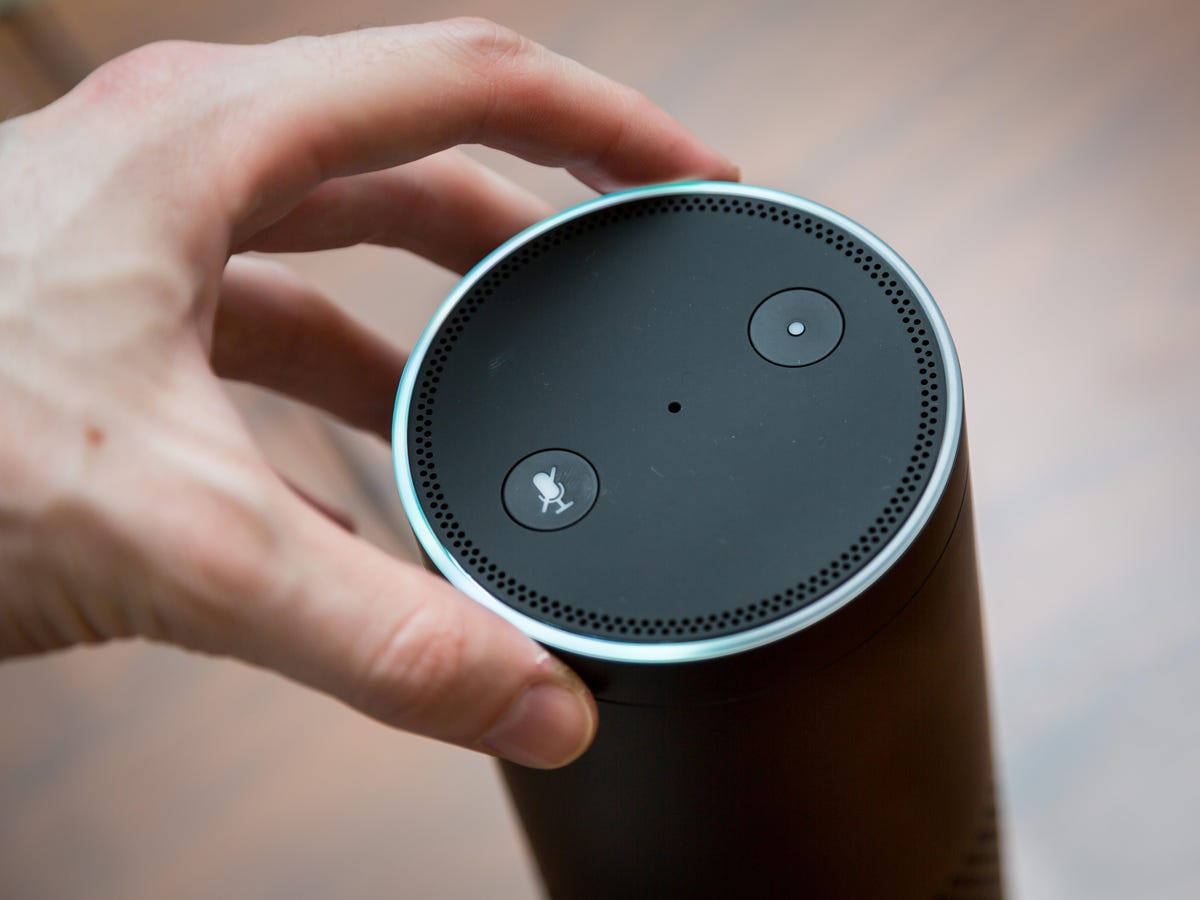

Home Automation Appliances
How To Increase Bass On Alexa
Published: December 31, 2023
Learn how to enhance bass on Alexa and improve your home automation appliances with our simple and effective tips. Elevate your audio experience today!
(Many of the links in this article redirect to a specific reviewed product. Your purchase of these products through affiliate links helps to generate commission for Storables.com, at no extra cost. Learn more)
Introduction
Read also: 14 Amazing Bass Boombox For 2024
Introduction
As the demand for smart home devices continues to surge, the integration of voice-controlled virtual assistants has become increasingly popular. Among the frontrunners in this domain is Amazon’s Alexa, a versatile virtual assistant that can manage a myriad of tasks, from setting reminders to playing music. While Alexa boasts an impressive array of features, audiophiles may find themselves yearning for a more robust bass output from their Alexa-enabled devices. In this comprehensive guide, we will delve into the intricacies of enhancing the bass on Alexa, exploring both the built-in audio settings and external devices that can elevate your listening experience.
Whether you’re a music enthusiast or simply enjoy the immersive sound experience that a rich bass provides, this article is tailored to help you unlock the full potential of your Alexa device. By understanding the nuances of audio adjustments and leveraging supplementary devices, you can tailor your Alexa’s sound output to suit your preferences, transforming your living space into a captivating audio haven.
Understanding Alexa’s Audio Settings
Key Takeaways:
- Enhancing bass on Alexa involves adjusting settings in the app or using voice commands. You can also add subwoofers or wireless speakers for a richer, more immersive sound experience.
- By tweaking Alexa’s audio settings and adding external devices like subwoofers, you can create a personalized audio environment that resonates with the music you love, enhancing your listening experience.
Understanding Alexa’s Audio Settings
Before delving into methods to amplify the bass on your Alexa device, it’s crucial to familiarize yourself with the audio settings that Alexa offers. Alexa provides users with a range of customizable audio features that can be accessed through the Alexa app or voice commands. These settings allow you to fine-tune the audio output to align with your preferences, including adjusting bass levels, treble, and other sound parameters.
Within the Alexa app, you can navigate to the “Devices” tab and select your Alexa-enabled device. From there, you can explore the “Audio Settings” section, which presents a spectrum of audio customization options. Here, you can modify the equalizer settings to enhance the bass output. By adjusting the bass levels within the equalizer, you can tailor the audio to deliver a more pronounced and resonant bass, enriching your listening experience.
Furthermore, Alexa offers voice commands that enable seamless adjustments to the audio settings. By simply instructing Alexa to “increase the bass” or “adjust the equalizer,” you can effortlessly fine-tune the audio output without needing to navigate through the app. This hands-free approach streamlines the process of optimizing the bass levels, allowing you to promptly adapt the audio to suit different genres of music or personal preferences.
Understanding and leveraging Alexa’s built-in audio settings empowers you to exert precise control over the sound profile of your Alexa device. Whether you prefer a bass-heavy resonance for energetic tunes or a balanced audio output for ambient music, Alexa’s audio settings provide the flexibility to curate an immersive listening experience tailored to your preferences.
Adjusting Bass on Alexa
Read more: Why Do Bass Boats Have Carpet
Adjusting Bass on Alexa
Enhancing the bass on your Alexa device involves a series of straightforward yet effective steps that can significantly enrich your audio experience. Whether you’re an avid music enthusiast or simply seeking a more robust sound output, adjusting the bass on Alexa can elevate your listening sessions to new heights.
One of the primary methods to fine-tune the bass on Alexa is through the utilization of the built-in equalizer settings. By accessing the Alexa app and navigating to the “Audio Settings” section, you can locate the equalizer feature, which enables you to customize the bass levels to your preference. Increasing the bass within the equalizer imparts a more profound and resonant low-frequency response, ideal for genres such as hip-hop, EDM, and rock, where a pronounced bass presence is pivotal for an immersive auditory experience.
Additionally, Alexa’s voice commands offer a convenient avenue to adjust the bass levels without needing to manually navigate through the app. By instructing Alexa to “increase the bass” or “adjust the equalizer,” you can seamlessly tailor the audio output to align with the specific sonic characteristics of the music you’re enjoying. This real-time adaptability empowers you to dynamically modulate the bass levels, ensuring that your listening experience remains attuned to your preferences.
It’s important to note that while augmenting the bass can amplify the low-frequency response, striking a balance with other sound parameters such as treble and midrange is essential for achieving a harmonious audio profile. Experimenting with different bass levels and observing their interplay with other sound elements can help you achieve an optimal audio equilibrium that complements a diverse range of musical genres.
By mastering the art of adjusting the bass on Alexa, you can tailor the audio output to reflect your unique preferences, creating a captivating sonic environment that resonates with the emotive essence of the music you cherish.
Using External Devices to Increase Bass
Using External Devices to Increase Bass
While Alexa’s built-in audio settings offer a versatile platform for customizing the sound output, integrating external devices can further amplify the bass and enrich the overall audio experience. From dedicated subwoofers to wireless speakers, an array of supplementary devices can seamlessly integrate with your Alexa-enabled setup, augmenting the bass response and imbuing your living space with immersive, low-frequency resonance.
One of the most prevalent methods to enhance the bass on Alexa is by incorporating a dedicated subwoofer into your audio configuration. Subwoofers are specialized speakers designed to reproduce low-frequency sound, delivering a robust and impactful bass response that complements the audio output of your Alexa device. Many subwoofers are equipped with wireless connectivity, enabling seamless integration with Alexa-enabled devices, and can be positioned strategically within your living space to optimize bass distribution.
Moreover, wireless speakers equipped with advanced bass radiators and subwoofers can seamlessly synchronize with your Alexa device, enriching the audio output with a heightened low-frequency presence. These speakers often leverage advanced sound processing technologies to deliver a rich and resonant bass response, ideal for creating a captivating audio ambiance for music playback, movie nights, or casual listening sessions.
Furthermore, soundbars featuring integrated subwoofers and bass-enhancement technologies can be seamlessly integrated with Alexa-enabled devices, elevating your home entertainment setup with immersive, theater-like audio quality. These soundbars are engineered to deliver a compelling bass performance while harmonizing with the overall audio output, ensuring a balanced and enveloping soundstage that enriches your auditory experience.
By harnessing the potential of external devices such as subwoofers, wireless speakers, and soundbars, you can augment the bass output of your Alexa device, transforming your living space into a captivating audio sanctuary. The seamless integration of these devices with Alexa’s ecosystem empowers you to curate a personalized audio environment that resonates with the emotive essence of your favorite music and media content.
Conclusion
Read more: How To Increase Draft In Chimney
Conclusion
As we conclude our exploration of enhancing the bass on Alexa, it’s evident that the amalgamation of built-in audio settings and external devices offers a multifaceted approach to tailor the audio output to your preferences. By understanding Alexa’s audio settings, you can harness the power of the equalizer to modulate the bass levels, creating a resonant and immersive listening experience that aligns with your musical inclinations.
Moreover, the integration of external devices such as subwoofers, wireless speakers, and soundbars presents an avenue to elevate the bass response of your Alexa-enabled setup, enriching your living space with a captivating low-frequency resonance. These devices seamlessly synchronize with Alexa, augmenting the audio output and imbuing your environment with an immersive sonic ambiance that transcends traditional listening experiences.
Whether you’re delving into the pulsating beats of electronic music, savoring the rhythmic cadence of hip-hop, or immersing yourself in the melodic tapestry of classical compositions, the ability to amplify the bass on Alexa empowers you to curate a personalized audio environment that resonates with the emotive essence of the music you cherish.
By leveraging the capabilities of Alexa’s audio settings and integrating supplementary devices, you can sculpt a captivating sonic landscape that transcends the confines of traditional audio experiences, enveloping you in a rich and resonant auditory tapestry that mirrors the emotive essence of the music you adore.
As you embark on this sonic journey, may the amplified bass on your Alexa device serve as a conduit to a heightened appreciation of music, enriching your daily experiences with the profound allure of immersive audio resonance.
Frequently Asked Questions about How To Increase Bass On Alexa
Was this page helpful?
At Storables.com, we guarantee accurate and reliable information. Our content, validated by Expert Board Contributors, is crafted following stringent Editorial Policies. We're committed to providing you with well-researched, expert-backed insights for all your informational needs.


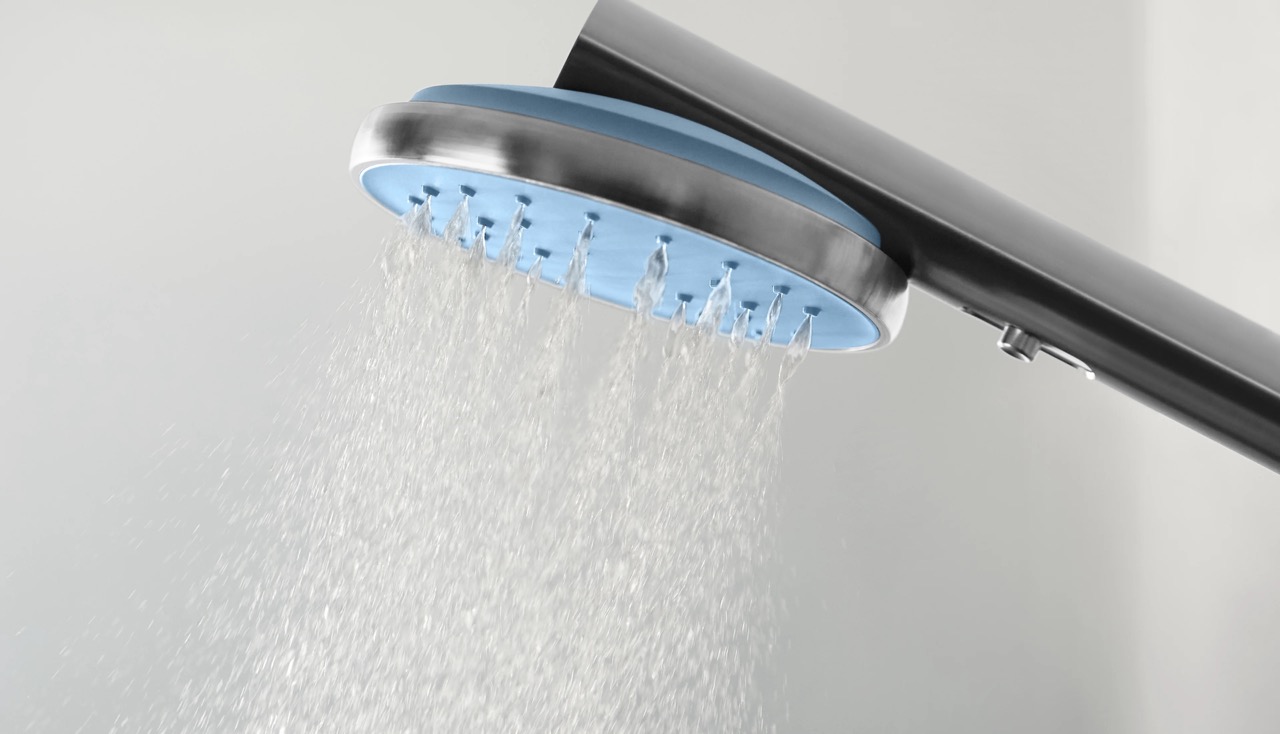
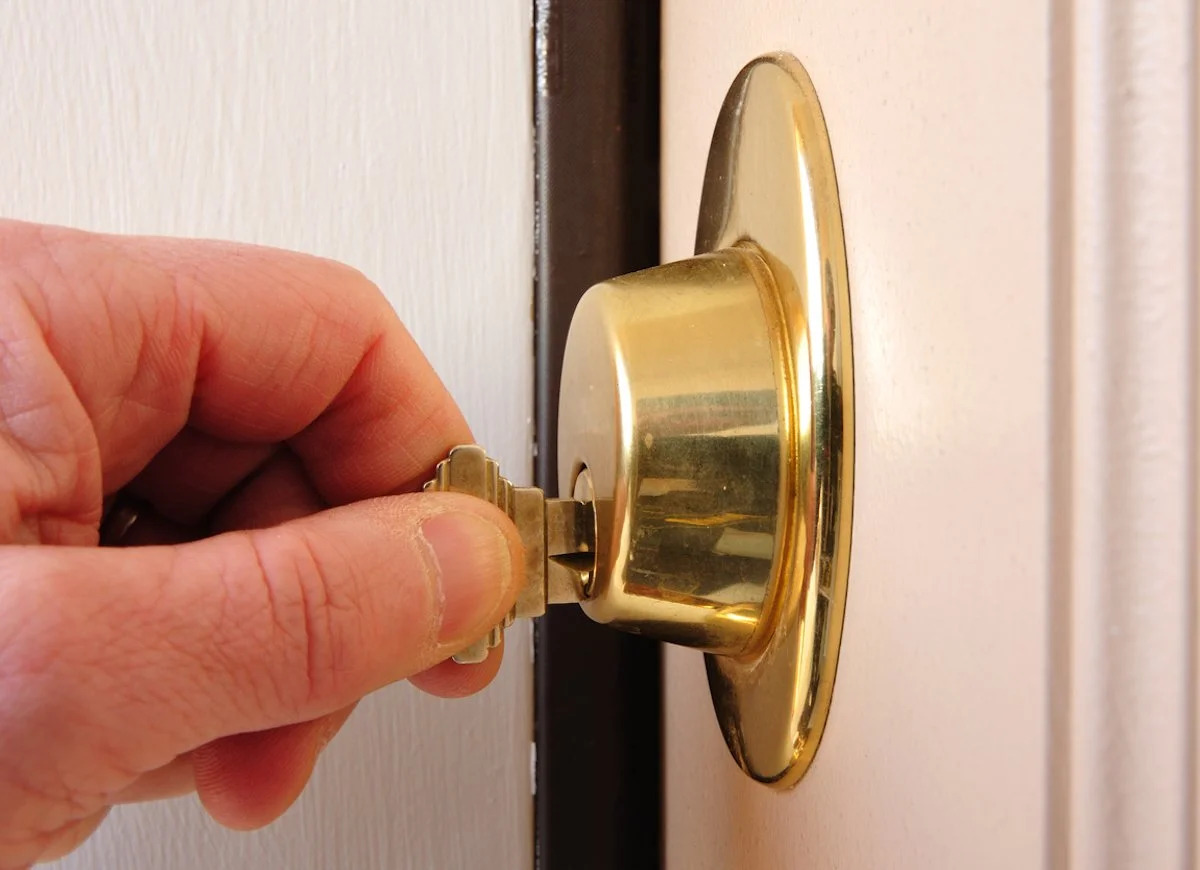

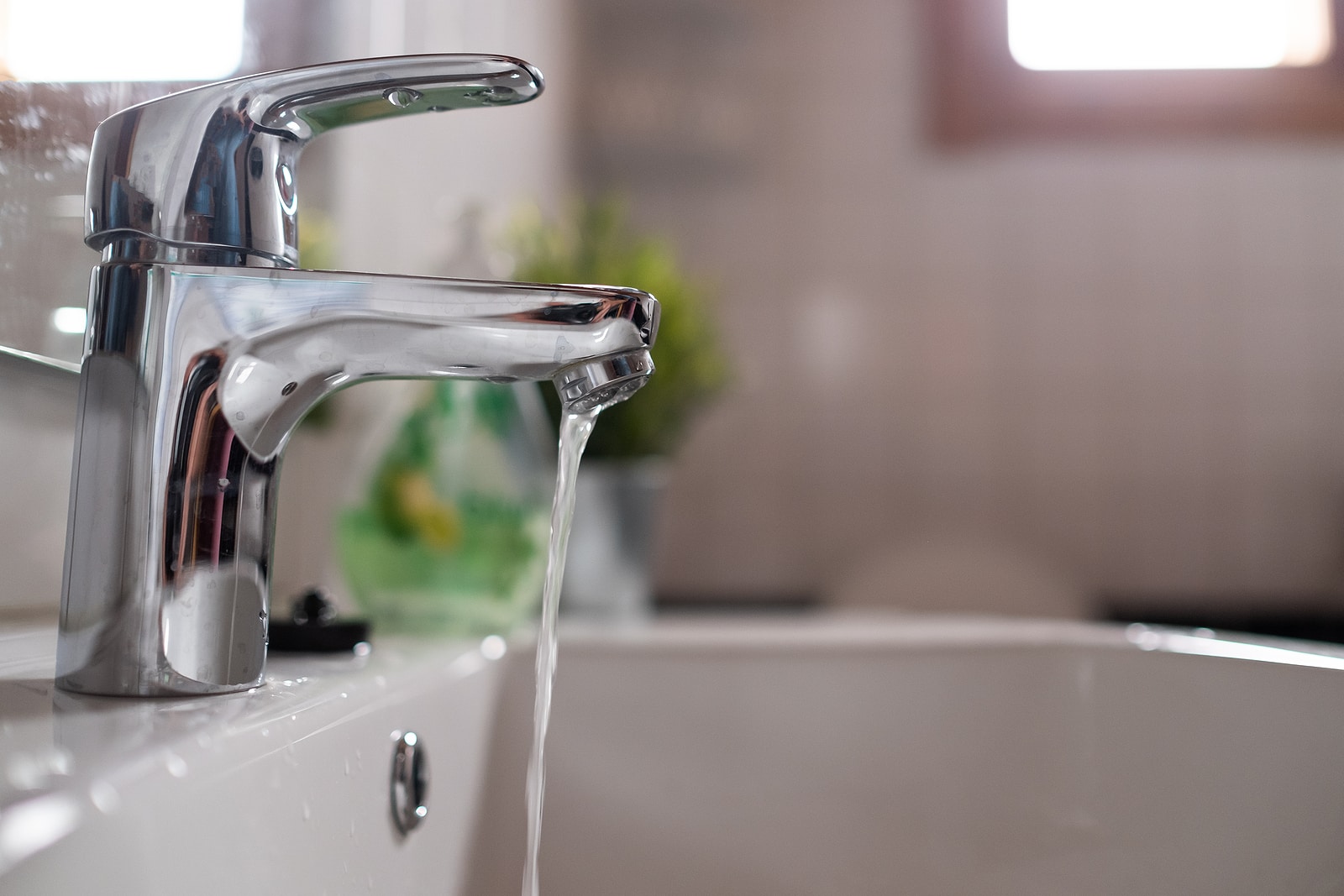

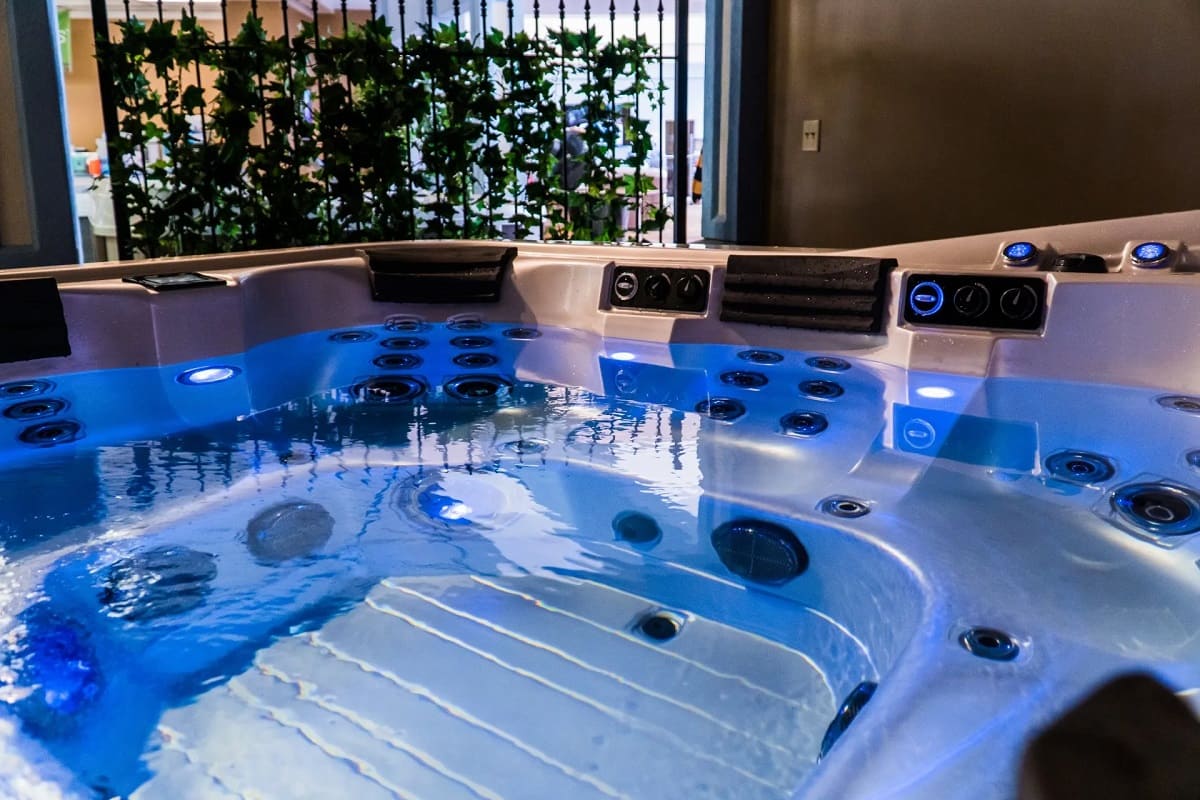

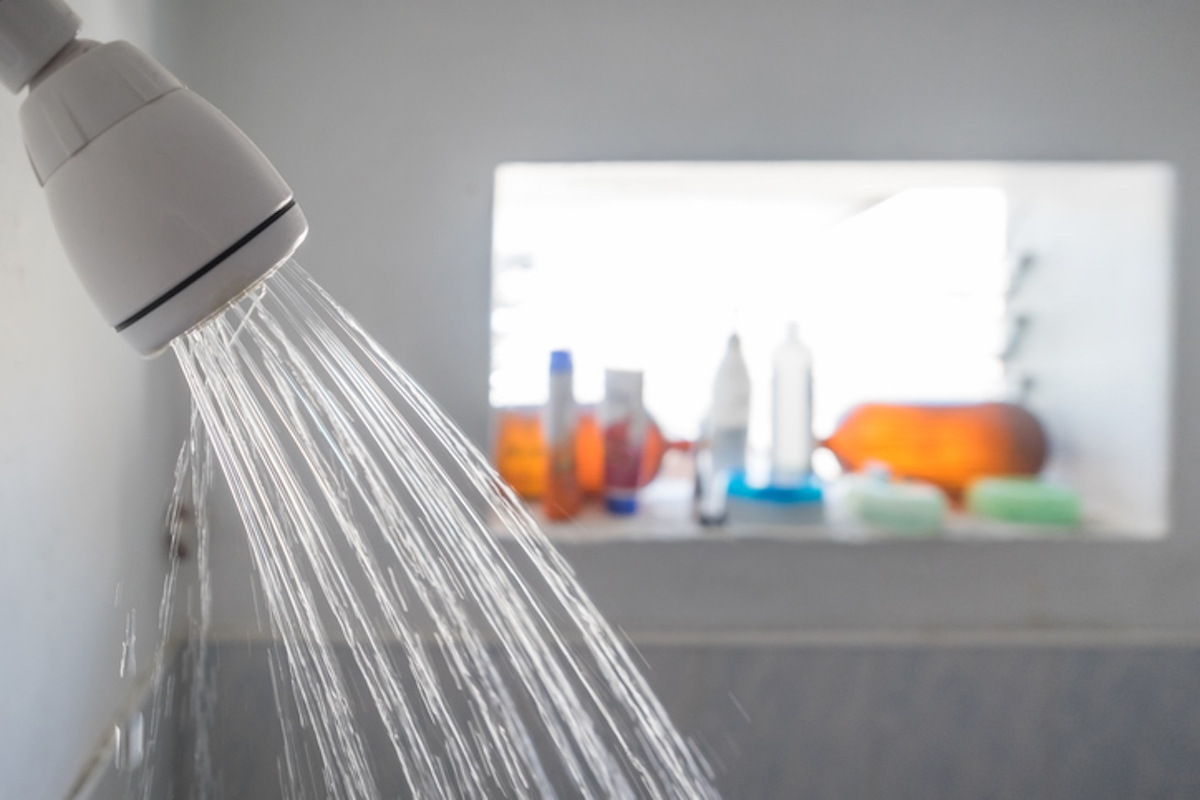
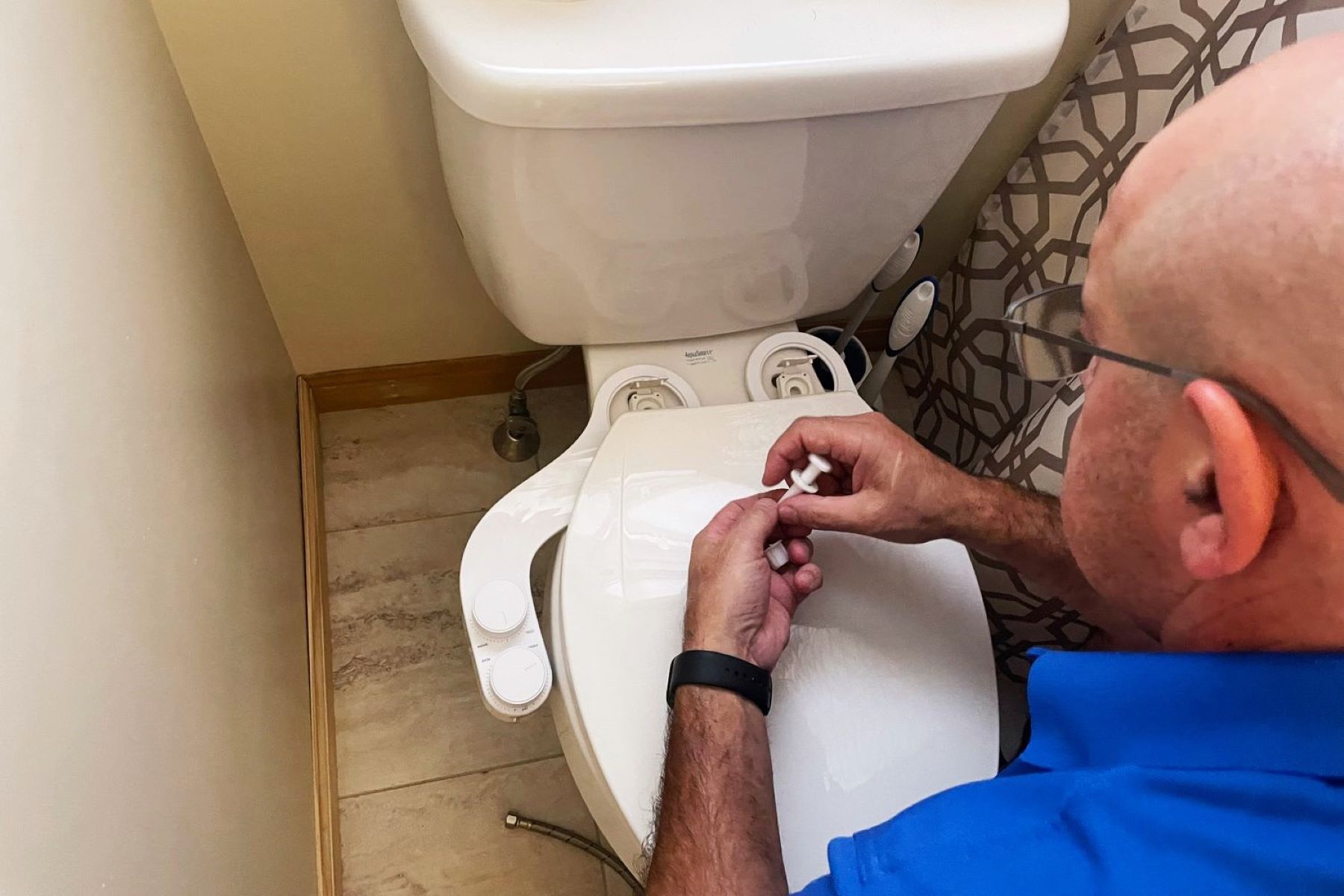
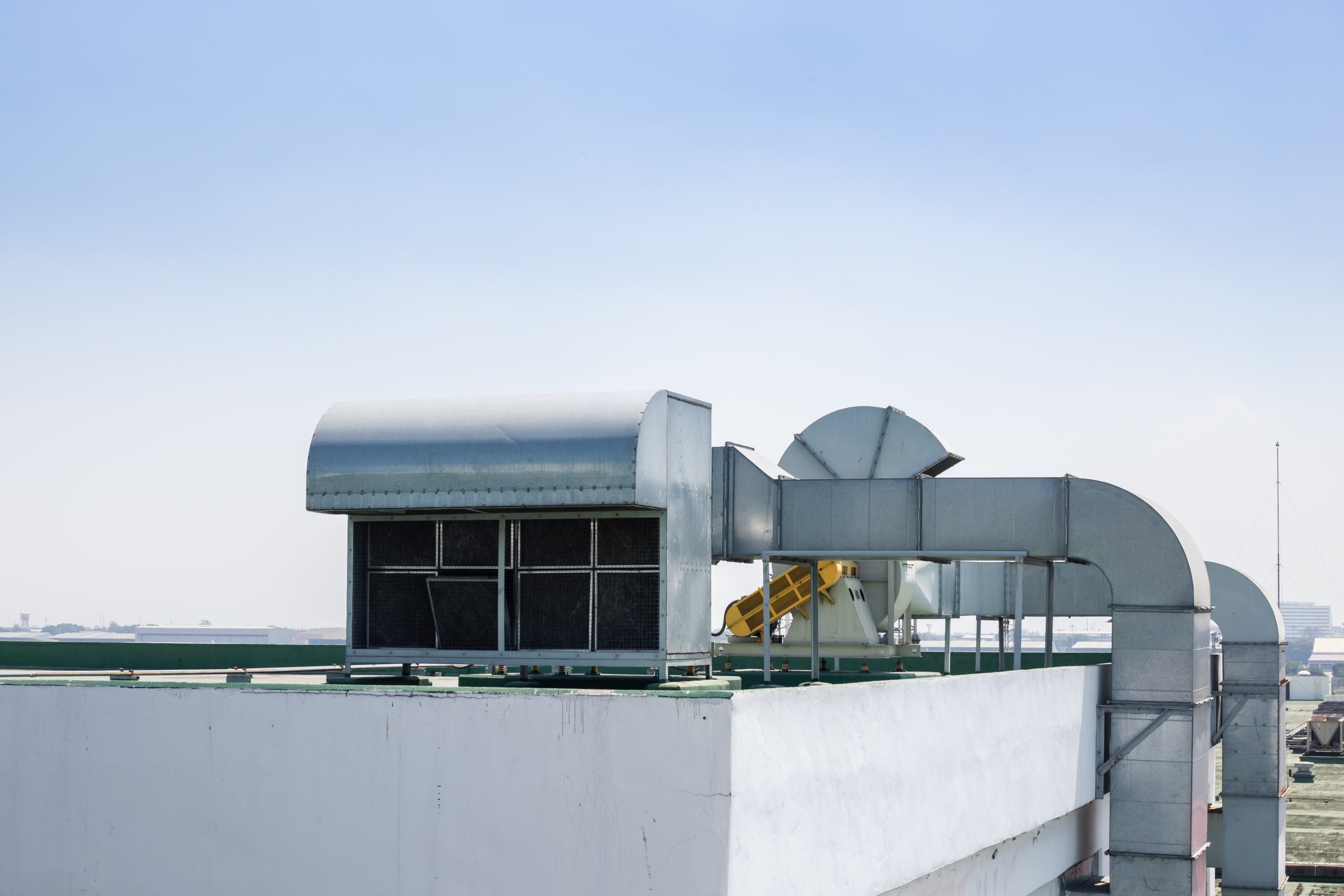
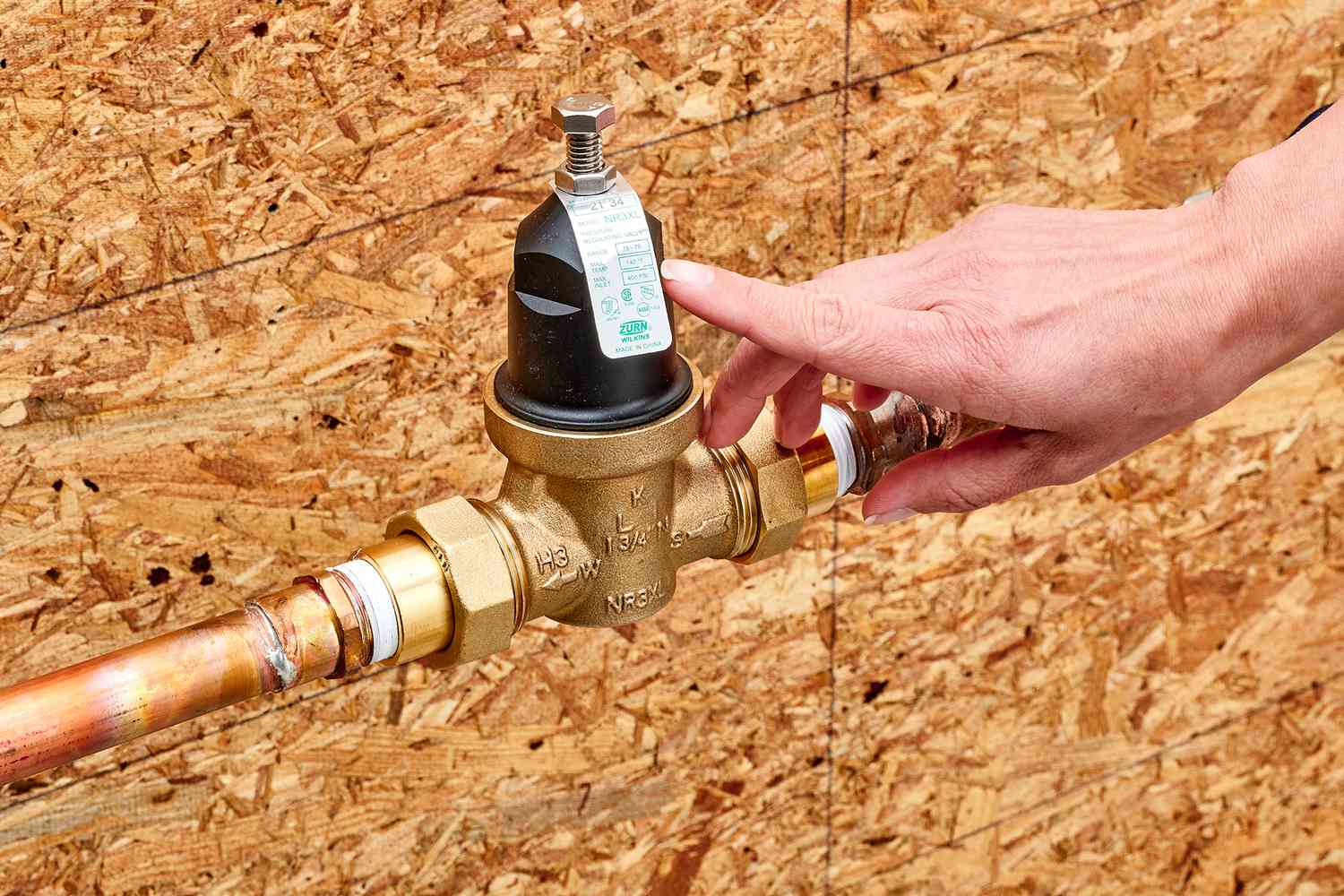

0 thoughts on “How To Increase Bass On Alexa”